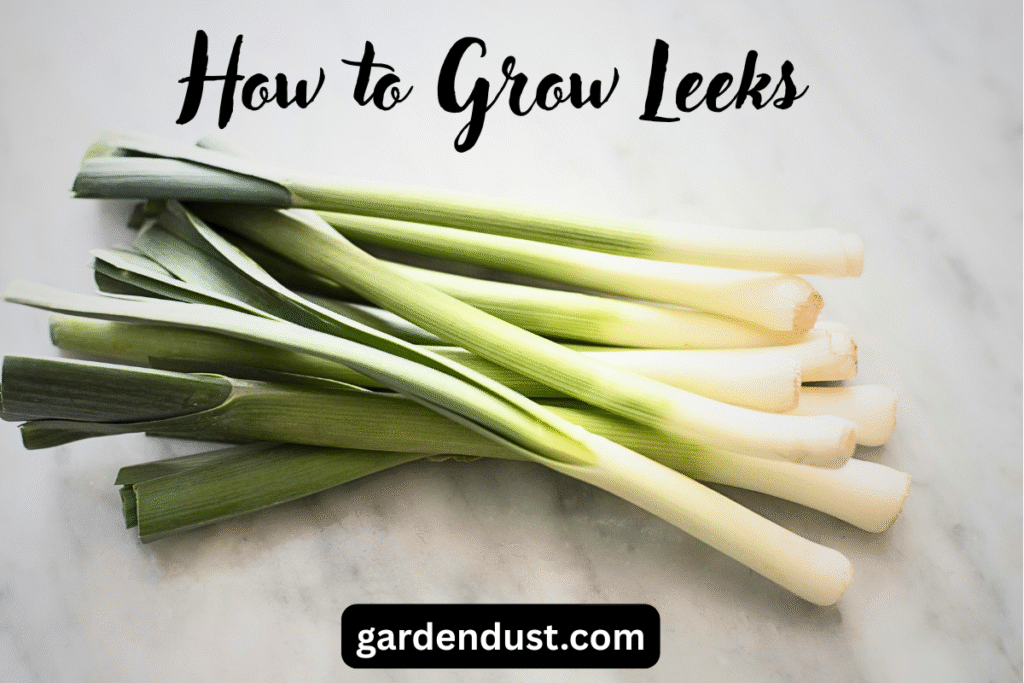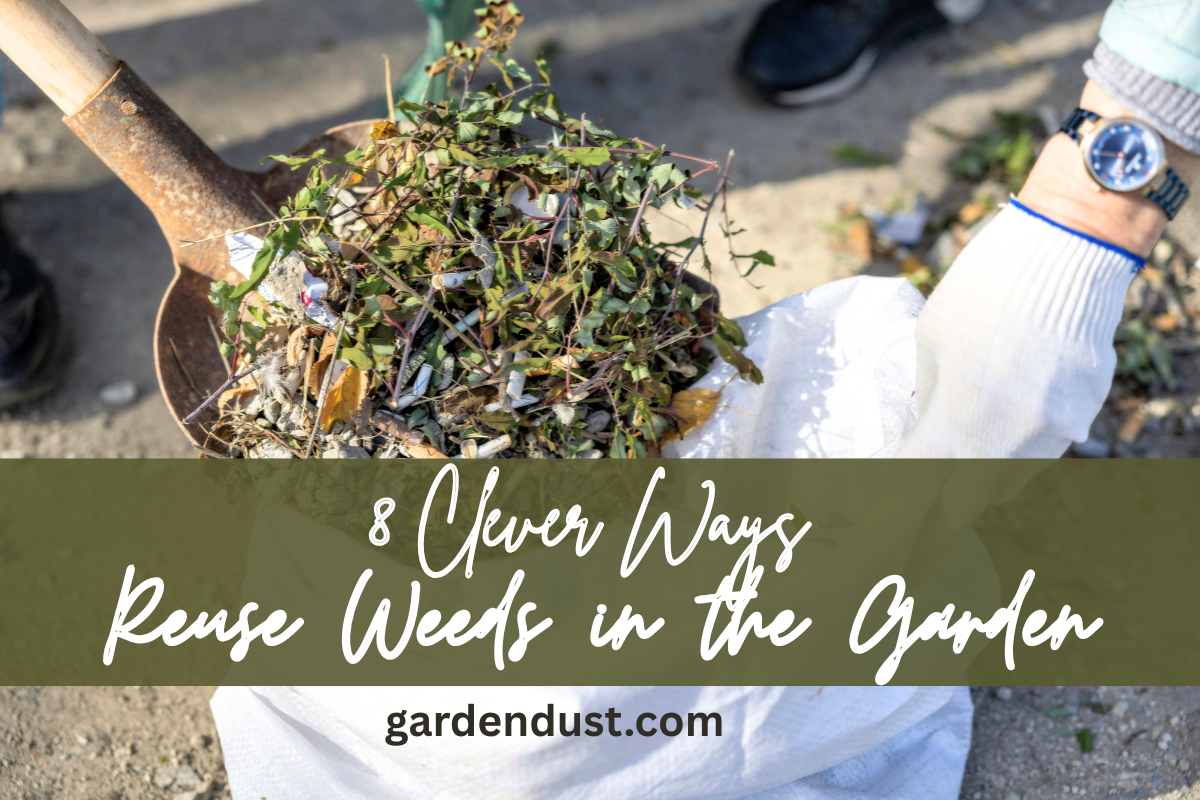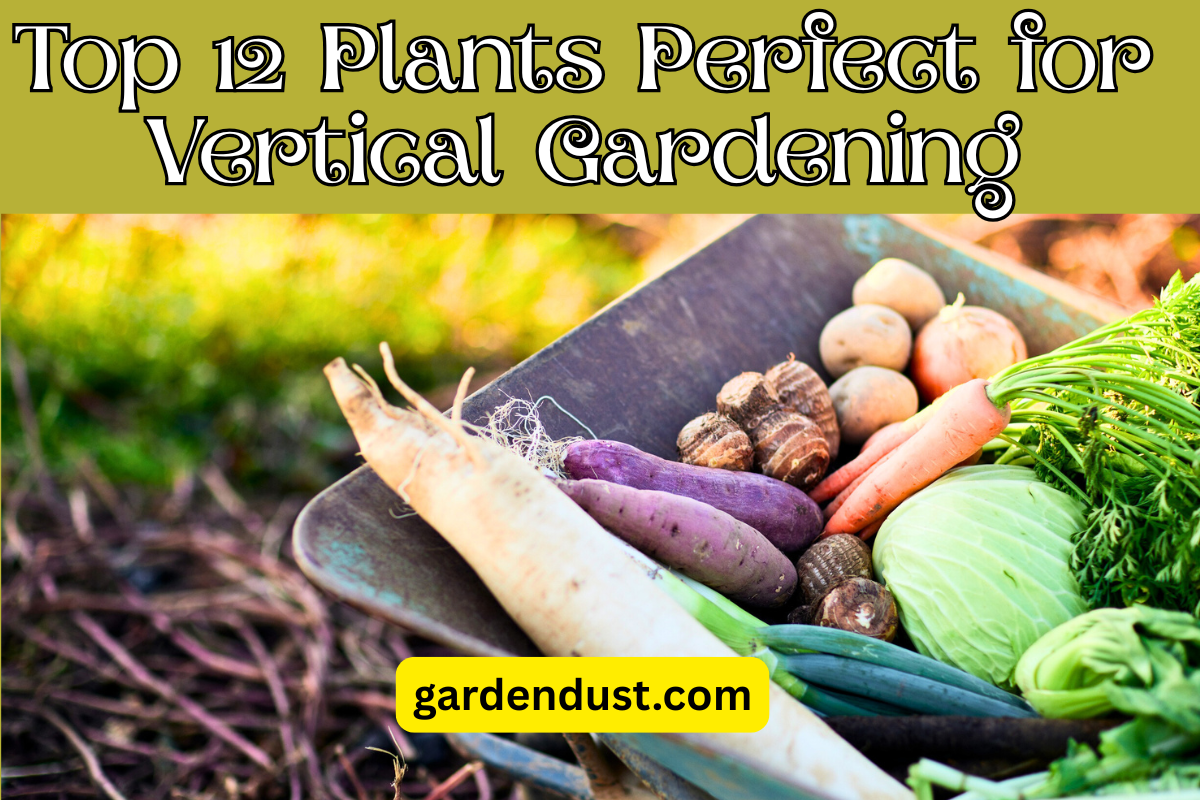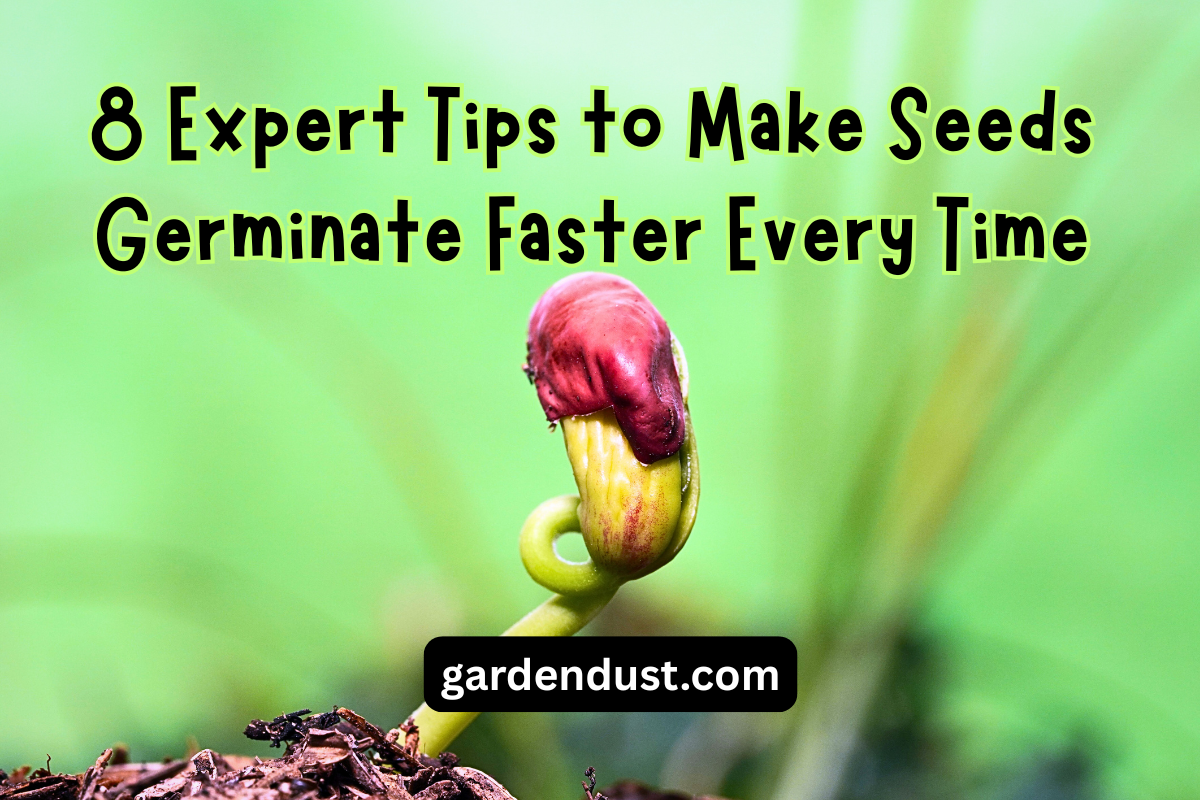The Complete Guide to Growing Leeks
From Seed to Harvest: A Comprehensive Infographic Guide
What Are Leeks?
Leeks (Allium porrum) are versatile members of the onion family, prized for their mild, sweet flavor. With their long white stems (shanks) topped with green leaves, they’re both beautiful and delicious in the garden.
Native to the Mediterranean region, leeks have been cultivated for over 3,000 years and are a staple in many cuisines worldwide, especially in soups, stews, and as a side dish.
Why Grow Leeks?
- Hardy winter vegetable when other crops are scarce
- Can be left in the ground and harvested as needed
- Milder, sweeter flavor than onions
- Attractive in the garden with upright blue-green foliage
- Relatively pest and disease resistant
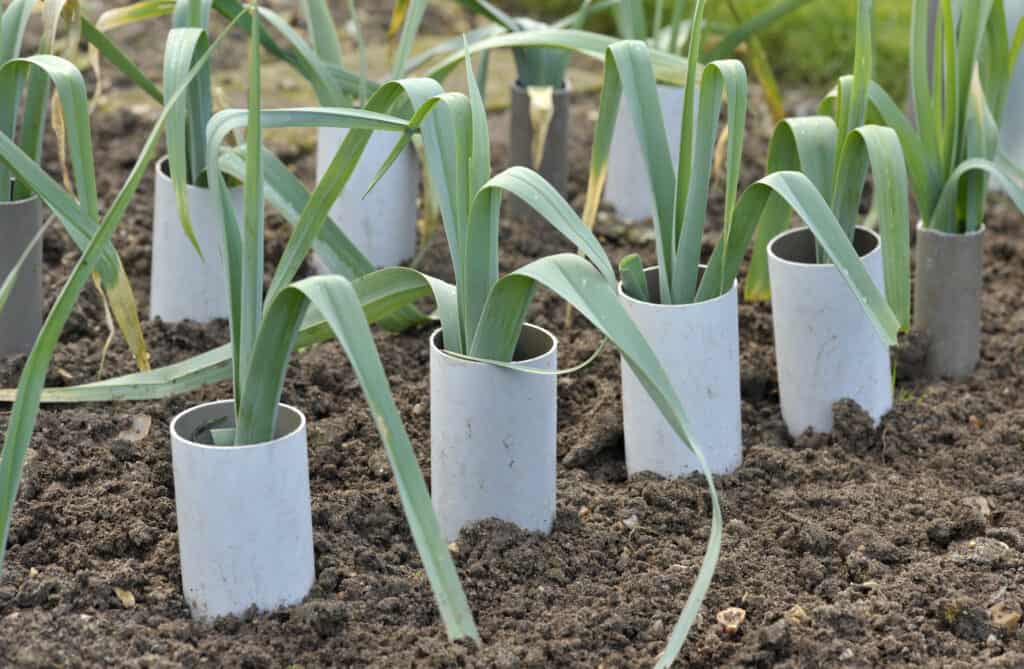
Mature leeks with their distinctive white shanks and green tops
Leek Growing: Quick Reference
| Factor | Requirement | Notes |
|---|---|---|
| Sowing Time | February to April | Can sow early varieties in January indoors |
| Planting Time | May to July | When seedlings are 15-20cm tall and pencil thick |
| Harvest Time | August to following March | Depends on variety; can harvest baby leeks earlier |
| Soil Requirements | Well-drained, fertile soil | pH 6.0-7.0; add organic matter before planting |
| Plant Spacing | 15-20cm (6-8in) apart | 10cm (4in) for baby leeks; rows 30-45cm (12-18in) apart |
| Sowing Depth | 5-10mm (¼-½in) | Plant deeply when transplanting for better blanching |
| Sunlight | Full sun to moderate sun | At least 6 hours of direct sunlight daily |
| Water Needs | Consistent moisture | Keep soil moist but not waterlogged |
| Growing Season | 120-150 days to maturity | Baby leeks can be harvested earlier (60-90 days) |
Leek Growing Stages

Time lapse of leek growth from seed to harvest (120 days)
Stage 1: Seed Germination
Seeds germinate in 7-14 days at 15-20°C (59-68°F). Start seeds indoors in late winter or direct sow in spring when soil temperatures reach at least 10°C (50°F).
Stage 2: Seedling Development
Seedlings develop their first true leaves after 3-4 weeks. Keep them consistently moist and thin if needed to prevent overcrowding.

Stage 3: Transplanting
When seedlings reach 15-20cm (6-8in) tall and are pencil-thick, they’re ready for transplanting. This typically occurs 8-10 weeks after sowing.
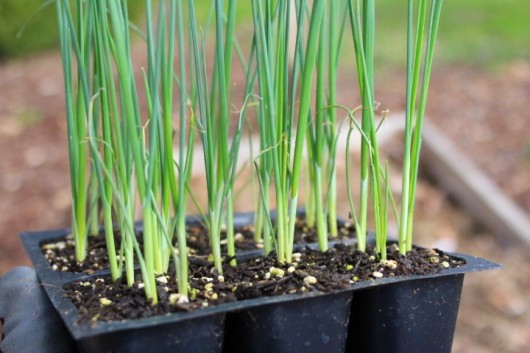
Stage 4: Leaf Development
After transplanting, new leaves emerge from the center of the plant. Regular watering and gentle fertilizing encourage strong growth during this stage.
Stage 5: Shanking/Blanching
As plants grow, hill soil around the stems to blanch and develop the white shanks. This process takes place throughout the growing season.
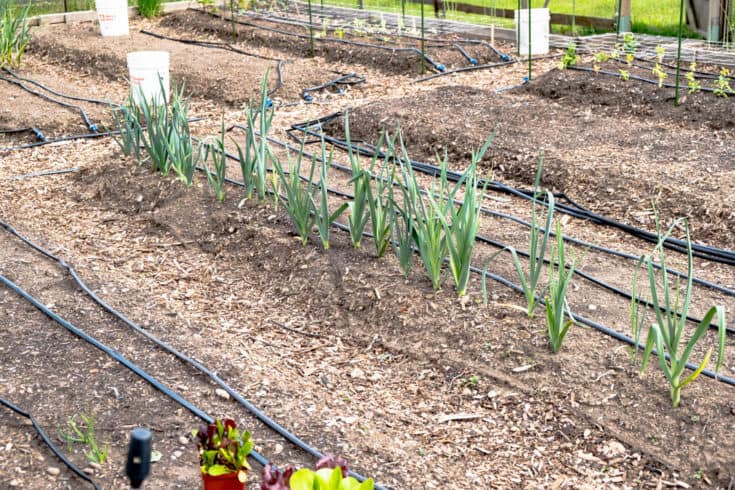
Stage 6: Bulbing/Maturation
The base of the leek develops into an elongated white bulb. Leeks reach maturity after 120-150 days, depending on variety, but can be harvested earlier as baby leeks.

Stage 7: Harvesting
Harvest when leeks reach desired size. Hardy varieties can remain in the ground through winter and harvested as needed.
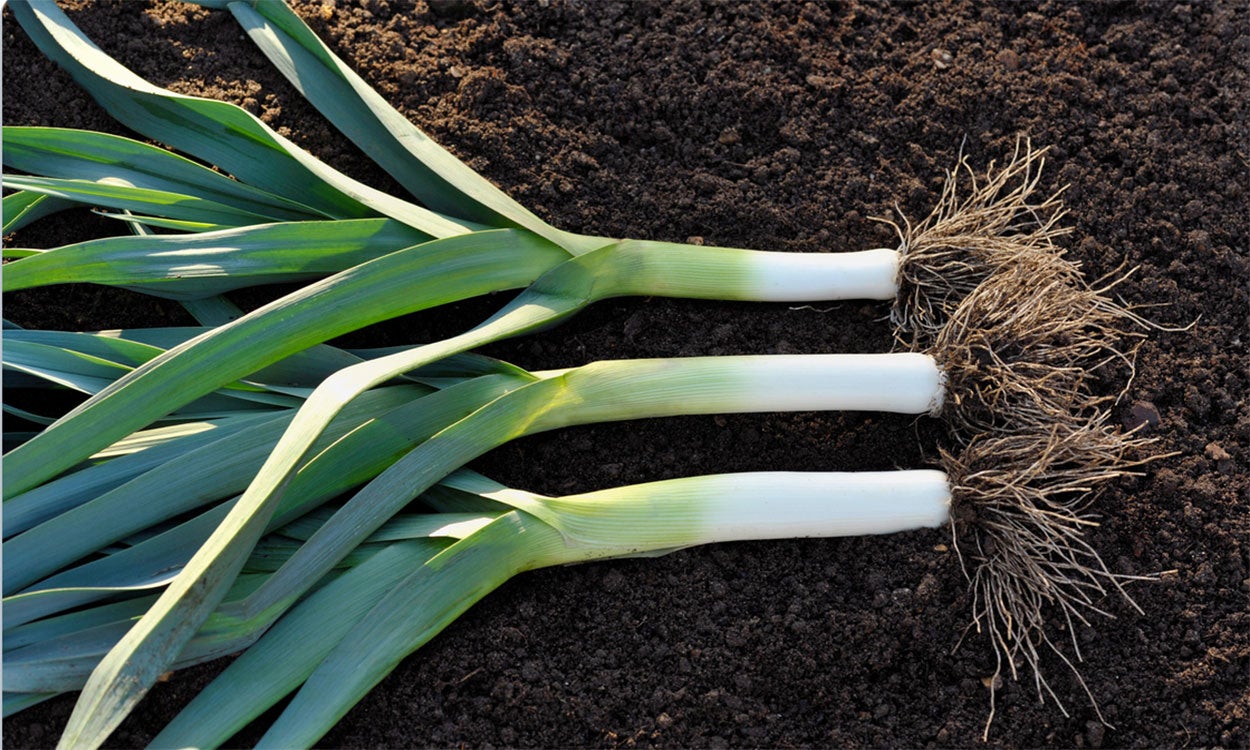
Soil Preparation & Planting Techniques
Soil Preparation
- Soil Type: Leeks prefer well-drained, fertile soil with plenty of organic matter.
- pH Level: Ideal pH is between 6.0 and 7.0. Leeks don’t do well in very acidic soil (below pH 6).
- Enrichment: Add two buckets of garden compost or well-rotted manure per square meter before planting.
- Previous Crops: Avoid planting where other alliums (onions, garlic) have grown in the last three years to prevent disease buildup.
- Preparation Timing: Prepare soil in autumn or early spring, allowing time for amendments to integrate.
Pro Tip
For a bumper crop, improve your soil by digging in two buckets of garden compost or well-rotted manure per square metre, especially if you have lighter, free-draining soil.
Planting Techniques
Direct Sowing
- Create a shallow drill 1cm (½in) deep.
- Sow seeds thinly, spacing 1cm (½in) apart.
- Cover lightly with soil and water gently.
- When seedlings reach 15cm (6in), thin to final spacing.
Transplanting Method (Recommended)
- Make holes 15cm (6in) deep and 5cm (2in) wide using a dibber or trowel handle.
- Space holes 15-20cm (6-8in) apart with rows 30-45cm (12-18in) apart.
- Trim seedling roots to 2.5cm (1in) and drop one seedling into each hole.
- Water holes thoroughly (“puddling in”) but don’t fill with soil.
- Allow soil to naturally fill in as the leeks grow.
Why Deep Planting?
The deep planting technique encourages a longer white shank (the edible portion), protecting it from sunlight which would cause greening.
Planting Calendar
| Task | Jan | Feb | Mar | Apr | May | Jun | Jul | Aug | Sep | Oct | Nov | Dec |
|---|---|---|---|---|---|---|---|---|---|---|---|---|
| Sow Indoors | ✓ | ✓ | ✓ | ✓ | ||||||||
| Sow Outdoors | ✓ | ✓ | ✓ | |||||||||
| Transplant | ✓ | ✓ | ✓ | |||||||||
| Harvest | ✓ | ✓ | ✓ | ✓ | ✓ | ✓ | ✓ | ✓ |
Note: This calendar is general guidance. Adjust based on your local climate and specific varieties grown.
Leek Care Guide
Watering
- Keep soil consistently moist, especially during dry periods
- Water deeply once a week if no rainfall
- Avoid overhead watering to prevent disease
- Increase watering during hot weather
Water at the base of plants to keep foliage dry and reduce fungal disease risk.
Fertilizing
- Apply balanced vegetable fertilizer every 4-6 weeks
- Side-dress with compost mid-season for extra nutrients
- Avoid excessive nitrogen which promotes leafy growth
- Mulch with compost to slowly release nutrients
A liquid seaweed fertilizer every few weeks can boost growth and enhance disease resistance.
Hilling/Blanching
- Draw soil up around stems as plants grow
- Hill gradually, increasing height over time
- Be careful not to get soil between leaves
- Blanch stems for 3-4 weeks before harvest
For cleaner leeks, place cardboard tubes around stems instead of hilling with soil.
Pest Management
- Watch for aphids, onion flies, and leek moths
- Cover with insect-proof mesh during pest seasons
- Use companion plants (see companion planting section)
- Remove affected plants promptly to prevent spread
- Inspect regularly, especially in warm weather
Weed Control & Mulching
- Weed regularly as leeks compete poorly with weeds
- Apply organic mulch (2-3 inches) to suppress weeds
- Straw, compost, or leaf mold make excellent mulches
- Mulch helps retain moisture and regulate soil temperature
- Hand weed carefully to avoid disturbing shallow roots
Container Growing Tips
Container Requirements:
- Use deep containers (at least 30cm/12in deep)
- Ensure good drainage holes
- Minimum 40cm (16in) diameter pot for 6 plants
- Use high-quality potting mix enriched with compost
Special Care for Container Leeks:
- Water more frequently than garden-grown leeks
- Fertilize every 3-4 weeks with balanced liquid fertilizer
- Space plants 10-15cm (4-6in) apart in container
- Place in a sunny position with some afternoon shade in hot climates
Companion Planting for Leeks
Good Companions
These plants grow well with leeks and can provide mutual benefits:
Carrots
Leeks repel carrot flies, while carrots repel leek moths and onion flies.
Celery
Complementary growing habits and soil requirements.
Beets
Grow well together with different root structures.
Strawberries
Leeks’ strong odor helps repel pests from strawberries.
Cabbage Family
Leeks can deter cabbage worms and other brassica pests.
Tomatoes
Leeks help deter pests that attack tomatoes.
Herbs
Rosemary, sage, thyme, and chamomile all grow well near leeks.
Spinach & Lettuce
Fast-growing greens utilize space while leeks are developing.
Poor Companions
Avoid planting these near your leeks:
Beans
Can stunt each other’s growth.
Peas
Do not grow well together; conflicting needs.
Other Alliums
Onions, garlic, shallots can share diseases and pests.
Parsley
Can negatively impact leek growth.
Companion Planting Layout Ideas
1. Three Sisters with a Twist
Replace traditional onions with leeks in this classic planting scheme:
2. Perimeter Protection
Plant leeks around the perimeter of beds containing:
L = Leeks, C = Cabbage family crops
3. Intercropping Pattern
Maximize space with this alternating pattern:
L = Leeks, C = Carrots, S = Spinach
Companion Planting Example
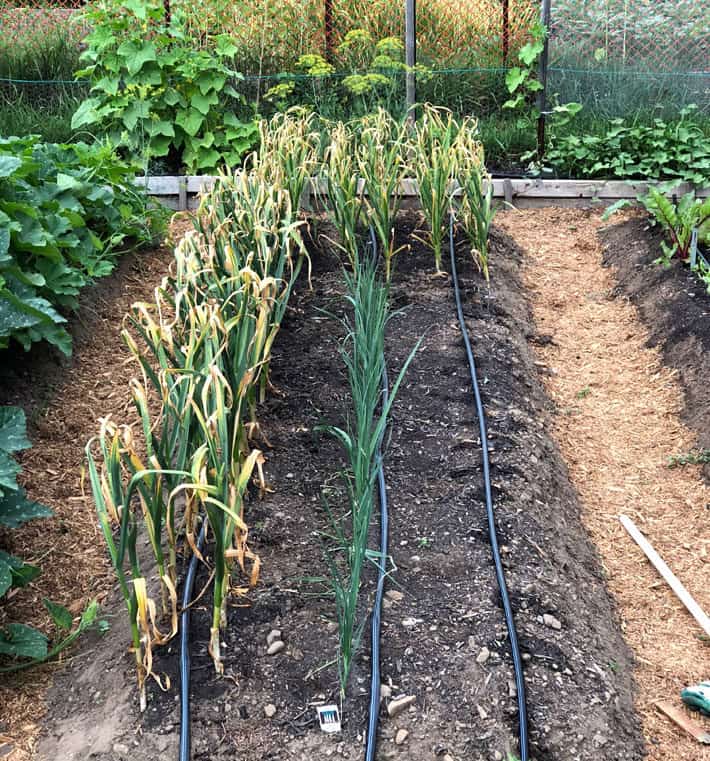
A well-planned leek bed can incorporate beneficial companion plants while maximizing garden space.
Common Problems & Solutions
Pest Problems
Leek Moth
Symptoms: Leaves with white streaks and holes; tunneling in foliage.
Solutions:
- Cover with fine insect-proof mesh during moth season
- Remove and destroy affected leaves
- Use biological controls like Bacillus thuringiensis
- Rotate crops annually to break pest cycles
Onion Fly
Symptoms: Wilting leaves, rotting at the base, stunted growth.
Solutions:
- Cover with insect-proof mesh in spring when flies are active
- Remove and destroy affected plants immediately
- Plant carrots nearby as companion plants
- Apply diatomaceous earth around plants
Allium Leaf Miner
Symptoms: White/yellow patches on leaves, distorted growth, rows of white dots.
Solutions:
- Cover with fine mesh from March to May and September to November
- Remove affected leaves promptly
- Apply sticky yellow traps to monitor and catch adult flies
- Delay planting until after peak activity periods
Aphids
Symptoms: Clusters of small insects on leaves, sticky residue, curling foliage.
Solutions:
- Spray with strong jet of water to dislodge
- Introduce beneficial insects like ladybugs
- Apply insecticidal soap or neem oil solution
- Plant companion plants that attract predatory insects
Disease Problems
Leek Rust
Symptoms: Orange-brown pustules on leaves, yellowing and dieback.
Solutions:
- Remove and destroy affected leaves (don’t compost)
- Ensure good air circulation with proper spacing
- Water at soil level to keep foliage dry
- Choose rust-resistant varieties
- Apply fungicidal treatments if severe
White Rot
Symptoms: Yellowing leaves, rotting stems, white fungal growth, collapse of plant.
Solutions:
- Remove and destroy affected plants completely
- Avoid planting alliums in the same area for at least 8 years
- Ensure good drainage to prevent conditions that favor the disease
- Solarize soil in affected areas
Downy Mildew
Symptoms: Pale patches on leaves, purplish-gray fuzzy growth, yellowing and dieback.
Solutions:
- Improve air circulation with proper spacing
- Water in the morning so foliage can dry during the day
- Remove and destroy infected plant material
- Apply copper-based fungicide early in infection
- Rotate crops to prevent buildup of disease
Bolting
Symptoms: Premature flowering, tough central stalk, reduced quality.
Solutions:
- Remove flower stalk as soon as it appears
- Protect young plants from cold with cloches or fleece
- Select bolt-resistant varieties
- Avoid stress like drought or extreme temperature fluctuations
- Use flower stalks (scapes) in cooking – they’re edible!
Other Growing Problems
Thin, Spindly Growth
Solutions:
- Ensure plants receive adequate sunlight
- Provide proper spacing (15-20cm apart)
- Make sure soil is fertile with added compost
- Fertilize regularly through the growing season
Short White Portion
Solutions:
- Plant deeply in 15cm (6in) holes
- Hill soil around stems as plants grow
- Continue blanching process throughout growth
- Ensure consistent soil moisture
Poor Germination
Solutions:
- Use fresh seeds (viability decreases after 2 years)
- Maintain soil temperature at 15-20°C (59-68°F)
- Keep soil consistently moist but not waterlogged
- Sow at correct depth (5-10mm/¼-½in)
Harvesting & Storage
When and How to Harvest
When to Harvest:
- Baby leeks can be harvested from 60 days after transplanting
- Standard leeks reach maturity in 120-150 days
- Early varieties: harvest August-November
- Late varieties: harvest December-March
- Can leave hardy varieties in the ground and harvest as needed in winter
- Harvest before they flower (bolt) for best flavor
Harvesting Steps:
- Water the soil thoroughly the day before harvesting to ease removal
- Loosen soil around the leek with a garden fork
- Grasp the leek firmly at the base and pull gently
- For stubborn leeks, dig around them to avoid breaking the stems
- Remove excess soil and trim roots
- Cut away damaged outer leaves
Pro Tip
For successive harvests, remove alternate leeks from the row, allowing the others to continue growing and reaching larger sizes.
Storing and Preserving
Fresh Storage:
- Refrigerator: Unwashed leeks will keep for 1-2 weeks in the crisper drawer
- Root Cellar: Store with roots in damp sand at 0°C (32°F) for up to 8 weeks
- In Ground: Hardy varieties can be left in the garden through winter (protect with straw in very cold regions)
- Cleaning: Slice lengthwise and rinse thoroughly under running water before cooking to remove soil between layers
Preserving Methods:
- Freezing: Wash, slice, and blanch for 1-2 minutes, cool in ice water, drain, then freeze in airtight containers for up to 10 months
- Drying: Thinly slice, dry at 35°C (95°F) in a dehydrator until brittle
- Pickling: Young leeks can be pickled whole or in chunks
- Leek Butter: Mix finely chopped leeks with butter, freeze in small portions

Freshly harvested leeks ready for cleaning and storage
Using Your Leek Harvest
Classic Uses
- Leek and potato soup
- Quiches and savory tarts
- Braised as a side dish
- Sautéed with other vegetables
- Added to stews and casseroles
Creative Uses
- Leek risotto
- Grilled leeks with lemon
- Leek confit
- Leek fritters
- Stuffed leek rolls
Using the Whole Plant
- Green tops in stock and broths
- Flower stalks (scapes) in stir-fries
- Young leeks as “scallions”
- Mature leeks in long-cooking dishes
- Leek greens in pesto
Cooking Tips:
- Always wash leeks thoroughly to remove soil between layers
- Cook gently as they can burn easily and develop bitter flavors
- White and light green parts are most tender; dark green tops are more fibrous
- Cut leeks just before cooking to prevent discoloration
- Pair with cream, cheese, bacon, mushrooms, or potatoes for classic combinations
- Substitute leeks for onions in recipes for a milder, sweeter flavor
Conclusion
Key Takeaways
- Planting Depth: Deep planting and hilling are essential for developing long white shanks
- Growing Season: Long-season crop (120-150 days) that rewards patience
- Winter Harvest: Hardy varieties provide fresh vegetables during winter months
- Companion Planting: Leeks work well with many vegetables, especially carrots
- Pest Management: Covering with insect-proof mesh can prevent most pest problems
- Soil Quality: Well-drained, fertile soil amended with organic matter produces the best results
Growing Success
With proper care, leeks are a rewarding crop that can provide harvests through much of the year. Their flavor improves after light frosts, making them an excellent choice for extending your growing season into the colder months. Happy Gardening…
Year-Round Growing Calendar
Winter (Dec-Feb)
- Harvest overwintered leeks
- Start planning varieties for new season
- Start seeds indoors in late winter
Spring (Mar-May)
- Sow seeds outdoors in prepared bed
- Prepare soil for transplanting
- Harvest any remaining winter leeks
Summer (Jun-Aug)
- Transplant seedlings to final positions
- Begin regular watering and weeding
- Start harvesting early varieties
Autumn (Sep-Nov)
- Continue harvesting mid-season varieties
- Hill soil around stems for blanching
- Mulch late varieties for winter protection

